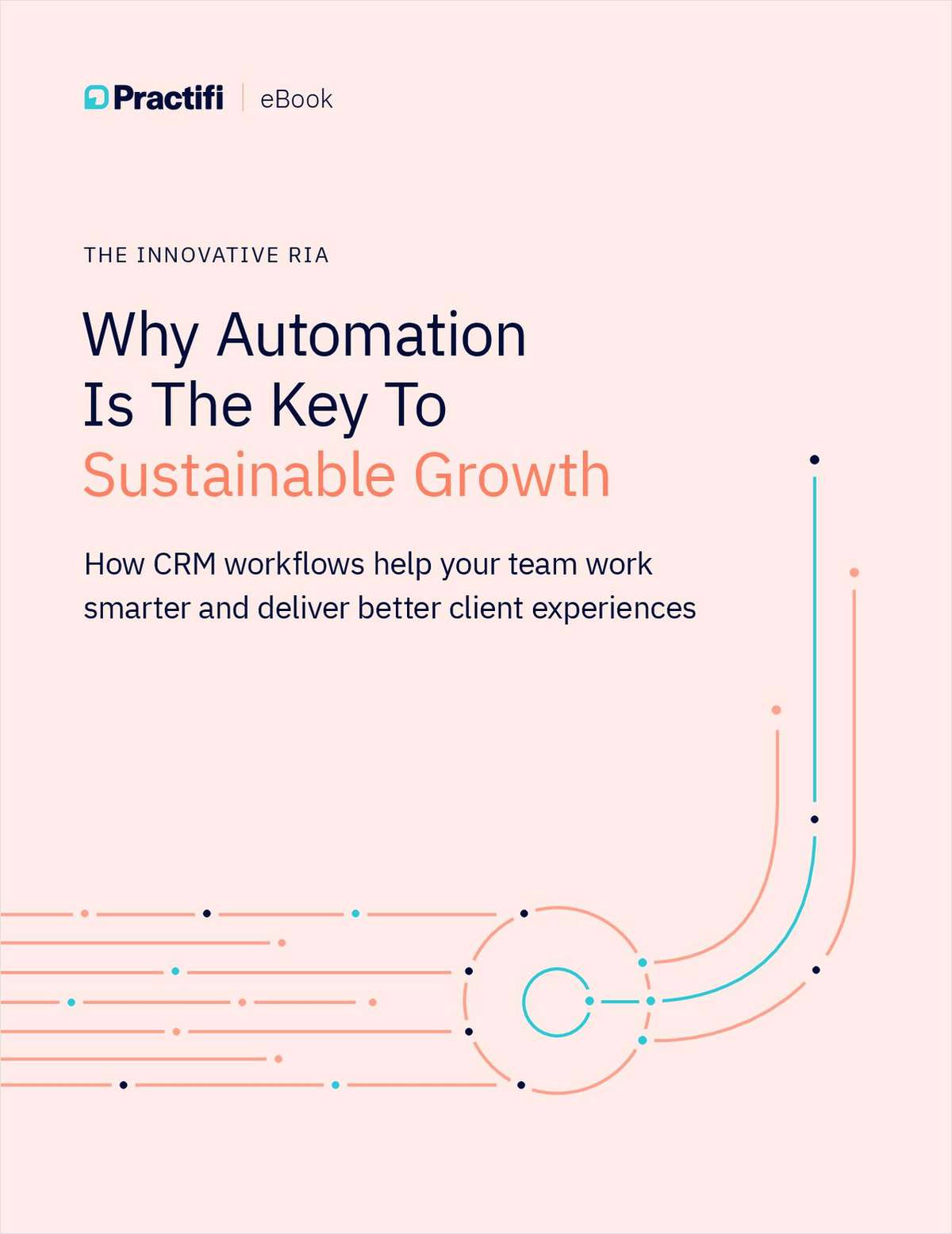After nearly a decade of work and many incarnations, a reserving guideline for variable annuities with guarantees took a major step toward full adoption by the National Association of Insurance Commissioners, Kansas City, Mo.
In an Aug. 20 conference call, the Life & Health Actuarial Task Force unanimously decided to adopt draft Actuarial Guideline VA-CARVM and to sunset AG 34 and AG 39, considered temporary measures, when VA-CARVM becomes effective on Dec. 31, 2009. The 2 existing guidelines would pass out of use on Dec. 30, 2009.
VA-CARVM must still be adopted by the NAIC's Life & Annuities "A" Committee as well as the NAIC's Executive Committee and Plenary.
The issue of properly reserving for VAs with guarantees came to light nearly a decade ago with the growing popularity of these products, but consensus on a guideline could not be reached prior to the vote on the current draft, exposed by LHATF on July 10. The issue has been before at least 4 LHATF chairs.
Leslie Jones, a life actuary with the South Carolina insurance department who spearheaded the issue for LHATF, said after the vote that "this was a long, arduous project, but I think it is an excellent result."
Prior to the vote, CIGNA raised an issue regarding tax reserves, and while there was general agreement that for some companies there may be some impact, most companies were all right with the proposal as it stood.



